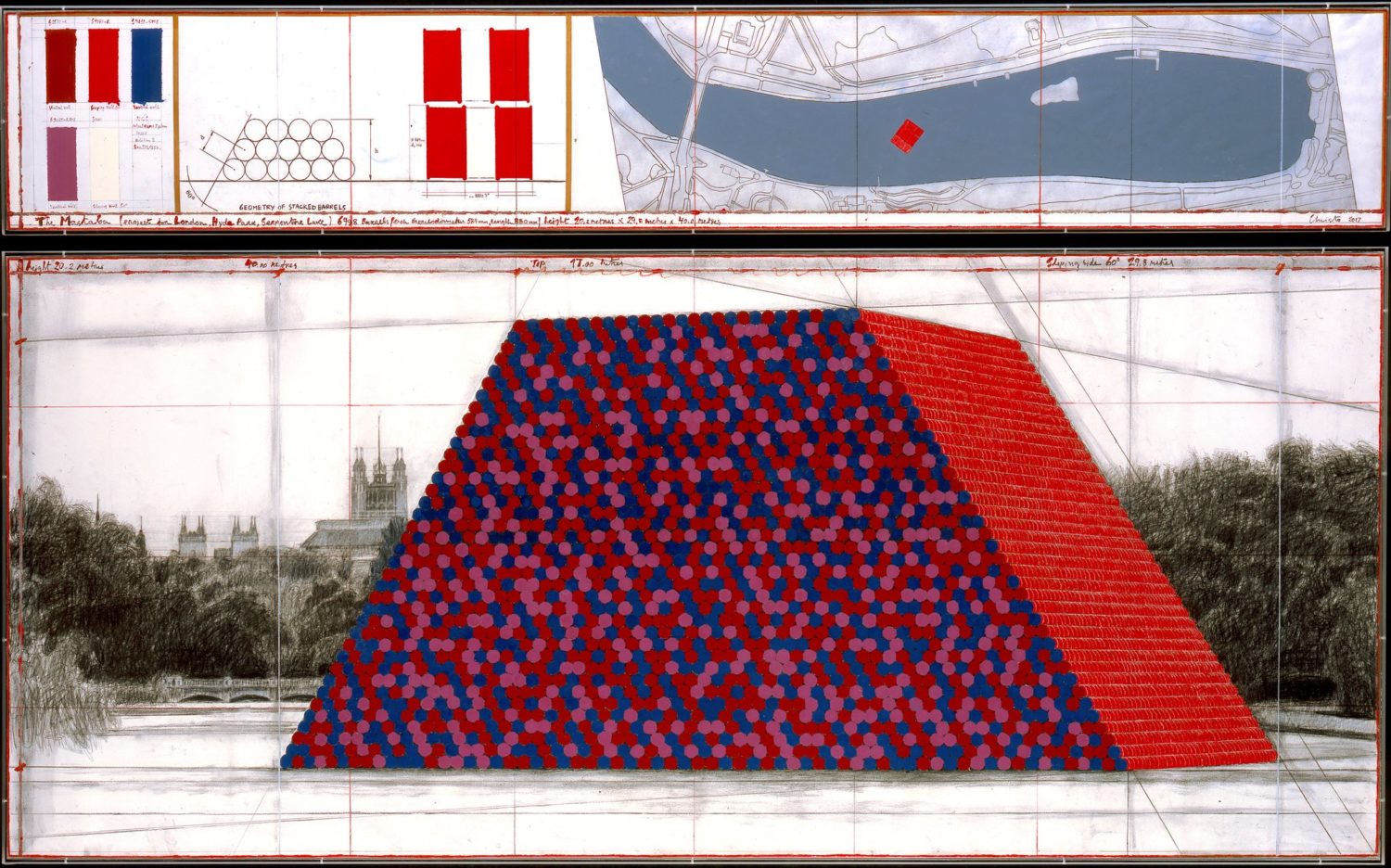Remembering Christo, The Artist Who Wrapped The World
By Something CuratedBulgarian-born artist Christo, best known for wrapping buildings and famous landmarks in fabric, passed away earlier this week at his home in New York, aged 84. Christo’s early education in Soviet Socialist Realism, and his experience as a refugee of political revolution, were influences firmly embedded in the artist’s practice. His 35-year long collaboration with partner, artist Jeanne-Claude, and the large-scale site-specific works they created together, continue to be celebrated and immensely influential. The pair are feted for their ambitious sculptural works which intervene in urban and natural landscapes around the world, temporarily altering both the physical form and visual appearances of sites.

Born Christo Vladimirov Javacheff in Gabrovo, Bulgaria, the artist met Jeanne-Claude Marie Denat while living in Paris. Interestingly, she was born on the same day as her partner, June 13 1935, in Casablanca, Morocco. The pair migrated to New York in 1964 and over the following decades, gained much attention for their work through international projects and, seminally, their participation in documenta 4. Together, the duo created monumentally-scaled sculptures and installations which often utilised the technique of draping or wrapping large portions of existing landscapes, buildings, and industrial objects with specially engineered fabric. Jeanne-Claude passed away in November 2009 in New York, and Christo continued to make work under both the artists’ names.

Often referred to as part of the Nouveau Réalisme movement, the artists’ temporary textile interventions required dedicated planning and execution through detailed drawings. Some of their most well known works include The Gatesin New York’s Central Park, Running Fence down the California coast, and Wrapped Coast in Australia. While they often insisted that the aesthetic properties of their art constituted its primary value, reactions from audiences and critics worldwide have long recognised a broader commentary operating across Christo and Jeanne-Claude’s work, ranging from issues of environmental degradation, to the history of the 20th century and the Cold War, to the perseverance of democratic and humanist ideals.

Last year, London’s Serpentine Galleries commissioned The Mastaba, Christo’s first outdoor, public work in the UK, alongside hosting an in-depth exhibition of the artist’s output. The floating structure consisted of 7,506 specially made barrels fixed to a scaffold anchored to the bottom of the body of water. Painted in shades of red, blue and mauve, The Mastaba is evocative of an Impressionist painting as its reflection is distorted by the lake’s rippling water. Christo and Jeanne-Claude’s work smudges the boundaries of convention and categorisation, in particular the notion of sculpture as a fixed, permanent object. For the artists, the temporary nature of their work was important because it challenged people’s belief in the immortality of art.
Wrapped Reichstag, 1985. Photo: Wolfgang Volz (via Christo & Jeanne-Claude)